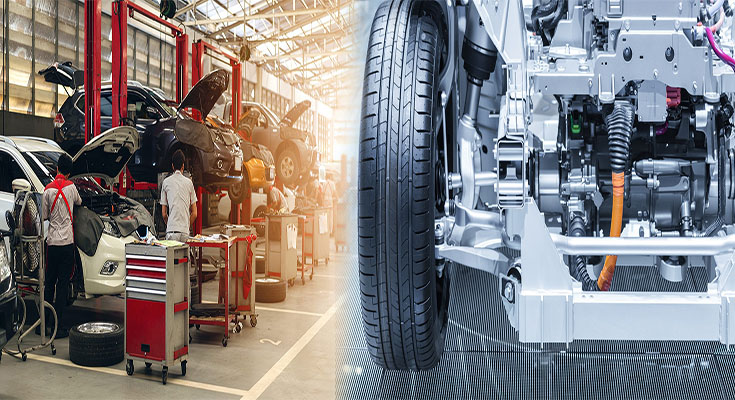The battery is the energy storage system of all electric vehicles (EVs), hybrid electric vehicles (HEVs), and plug-in hybrid electric vehicles (PHEVs). There are four main types of batteries used in EVs, including lithium-ion, nickel-metal hydride, lead-acid, and ultracapacitors.
While battery manufacturing emissions are much higher than other vehicle components, the overall carbon footprint of an EV is generally lower than that of a conventional car. The key is to get battery design right.
Comparison of Battery Electric Vehicles (BEVs) and Other Types of Vehicles
Battery Electric Vehicles (BEV) are the eco-friendliest of all types of cars because they don’t use an internal combustion engine and instead rely on a rechargeable battery to power their propulsion. Because of this, they don’t produce as much carbon dioxide during their entire lifecycle.
BEVs also have a number of other environmental and performance-related advantages over ICE-powered vehicles. For example, they convert more than 77% of the electrical energy from the grid into engine power compared to ICEs that convert only 12-30%.
Compared to a traditional ICE-powered car, a BEV has few moving parts and requires minimal maintenance. This can save a significant amount of money over the lifetime of the vehicle.
Comparison of Hybrid Electric Vehicles (HEVs)
Hybrid vehicles combine an internal combustion engine with a battery and electric motor to increase fuel efficiency and reduce emissions. They are available in a variety of designs that use clean diesel engines, alternative fuels, gas turbines, and fuel cells.
One common type of hybrid is the mild hybrid, or micro-hybrid. It uses the batteries and electric motor to assist with driving and shuts off the gasoline engine during complete stops.
Another type of hybrid is a plug-in hybrid electric vehicle (PHEV), which uses a larger battery and electric motor. It is capable of driving moderate distances in a “EV mode,” which uses 14 to 47 percent less gasoline than a conventional vehicle when the batteries are fully charged.
Hybrids also come in a wide range of design options, from mild/microparallel to series, parallel, power split and combined hybrids. They offer a range of conveniences and comfort features while providing lower emissions and reduced operating costs.
Comparison of Plug-In Hybrid Electric Vehicles (PHEVs)
Plug-in hybrid electric vehicles (PHEVs) combine a large battery pack and gas engine to make them a more practical alternative to fully electric cars. PHEVs also feature regenerative braking to reduce their reliance on fuel and electricity.
PHEVs can drive on electric power only for some distance, but once that range is depleted they will switch to hybrid operation using both the gasoline engine and battery. This mode can help cut carbon emissions and improve fuel economy.
These models are also a useful option for those who like the idea of an electric car but don’t want to buy a full-blown one yet. They offer a good compromise between fuel economy and acceleration performance while also being less expensive to run than electric vehicles.
PHEVs aren’t for everyone, however, as you need to keep your batteries charged regularly to get the most out of them. Battery technology is evolving at a rapid pace, so be sure to look for lighter, faster charging batteries.
Comparison of Conventional Gasoline-Powered Vehicles
EVs can be more affordable than gas-powered vehicles, depending on the model and how much you use electricity. The difference varies from 10 percent to over 40 percent, according to a recent study by Consumer Reports.
Typical fuel savings over the first few years can be $4,700 or more, CR found. That advantage can grow even larger the longer you own an EV.
Hybrids use sophisticated computer systems to switch between an engine and motor, maintain battery charge, and perform other complicated tasks. They also have a variety of technologies to reduce fuel consumption and emissions, including regenerative braking.
HEVs have been proven to be more fuel-efficient than gasoline vehicles, but they also have their fair share of challenges. One such challenge is low temperatures. In this study, the researchers looked at how low temperature influences fuel efficiency of both conventional and hybrid electric vehicles in three cold Canadian cities. The researchers found that fuel economy tended to decrease by about 20% during the winter season. They also examined other factors such as the type of road, speed, cold-starts and eco-driving training.

